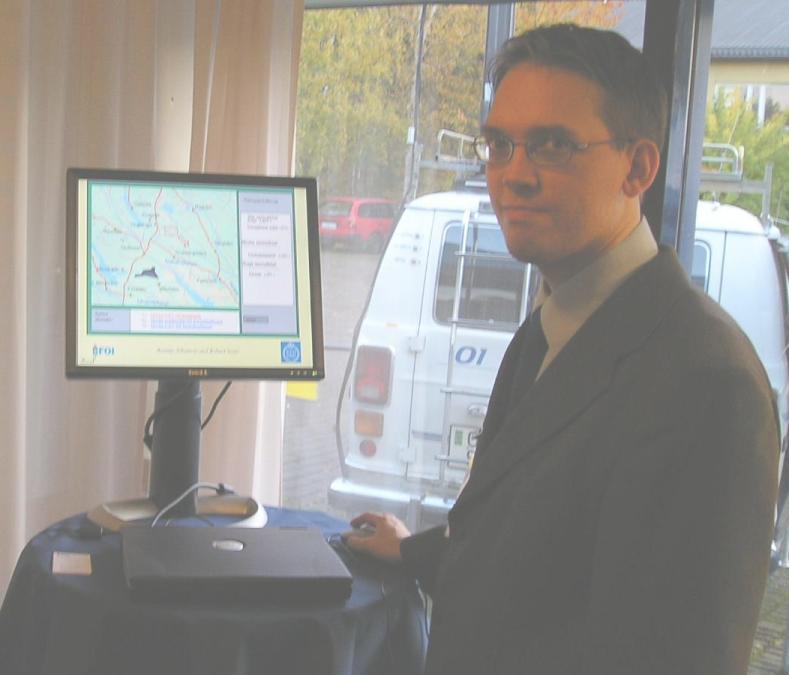


|
L. Ronnie M. Johansson, PhD<ronniej@kth.se>Telephone (KTH): , fax: Address: CSC/CVAP, KTH, SE-100 44 Stockholm Visiting address: Time for receiving visitors: (Byt språk till svenska.) |
ResearchLarge-scale information acquisition for data and information fusionThe need for data and information fusion (introductory pdf) arises in many fields of research (application areas include command and control, mobile robotics, and computer vision). Data and information fusion is a process which deals with the combination of data from various resources. In many applications, no single resource provides the required data (or usage of a single resource is not a cost efficient solution for the problem at hand). It is fundamental that data fusion is not a stand-alone process. Rather, it is an integral part of some system which relies on perceptions of an environment for successful operation. Data and information fusion may combine data on different abstraction levels. In the highest levels, the purpose is to estimate and predict a system operation-essential subset of the perceived environment. As an automated process, data and information fusion may relieve human operators of repetitive tasks and render possible new real-time applications (for which manual data processing is neither efficient nor sufficient). An essential part of the data and information fusion process, and the focus of my research, is the management of resources for active information acquisition. The purpose of the management is to collect the information which is most relevant according to some priorities (i.e., focus of attention) set by the data fusion process itself or an external agent (e.g., a decision maker of decision support system). A data fusion process, including resource management, respects the inaccuracy of the acquired data and is aware of its resource limitations. Current interestsI am generally interested in information acquisition for decision-making. I am currently trying to characterize and foster the concept of large-scale information acquisition (LSIA). One reason for the emergence of LSIA is the proliferation of 'intelligent' - and often mobile - devices in society (e.g., PDAs, cell phones, small sensor and network devices (e.g., RFIDs)). The availability of the resulting intelligent and flexible environments (cf ubiquitous and pervasive computing) facilitates new opportunities for powerful information acquisition, both in military and civilian applications. The major parts of my efforts concerning LSIA are presented in my doctoral thesis [Johansson, 2006]. One step on the path towards LSIA was the introduction of the concept perception management ([Johansson, Xiong 2003]) which expanded the scope of sensor management. Whereas most efforts for sensor management deals with (centralized) optimization of the control of individual sensors or small sets of homogeneous sensors, LSIA embraces the advantages of using and sharing multiple sensors as well as the associated challenges. The following rarely discussed, yet urgent, issues need to be addressed to realize LSIA (based on [Johansson 2003, licentiate thesis]):
AffiliationI'm no longer employed at KTH. I am currently holding a post-doc position and the University of Skövde. In KTH, I was a part of the Computational Vision and Active Perception Laboratory (CVAP/CSC) and the Centre for autonomous systems (CAS) where the director, Henrik Christensen, was my scientific advisor. My work was conducted in close cooperation with the sponsor, the information fusion group at the Swedish Defence Research Agency, Division of Command and Control. I am also a member of the Decision Support Group (DSG) of CSC. Links
Misc
Current stuff
|
|
 Up to Nada's home page.
Up to Nada's home page.